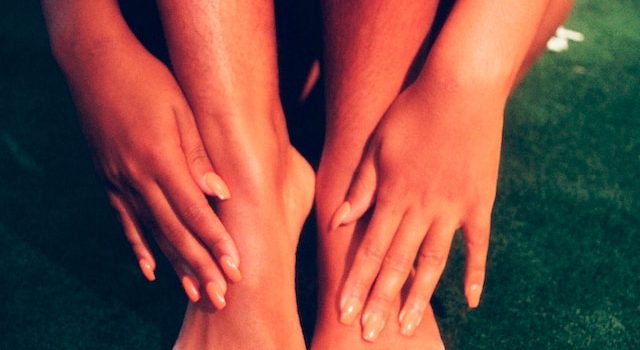
Bunions, those pesky and painful foot deformities, affect millions of people worldwide. While some factors contributing to bunion formation are beyond our control, such as genetics and foot structure, one aspect we can influence is our choice of footwear. Selecting the right shoes can play a crucial role in preventing bunions and maintaining foot health. In this article, we delve into the importance of choosing the right shoes and offer practical tips for preventing bunions.
Bunions, medically known as hallux valgus, are characterized by the misalignment of the big toe joint, resulting in a bony protrusion. Although bunions can be influenced by genetic predisposition and other factors, wearing ill-fitting or inappropriate shoes is a common contributor to their development and progression.
To understand the significance of footwear in preventing bunions, we must first recognize the impact that shoes have on the structure and alignment of our feet. Dr. Jessica Carter, a renowned podiatrist, explains, “The shoes we wear can either support or compromise the natural mechanics of our feet. Shoes that are too tight, narrow, or constrictive can place excessive pressure on the toes, leading to the development of bunions over time.”
Here are some key considerations to keep in mind when choosing shoes to prevent bunions:
- Toe Box: Opt for shoes with a wide and roomy toe box that allows your toes to spread naturally. This helps reduce pressure on the forefoot and allows the toes to maintain their proper alignment.
- Size and Fit: Ensure that your shoes provide adequate length and width to accommodate your feet comfortably. Shoes that are too tight or too loose can disrupt the natural mechanics of your feet and contribute to bunion formation.
- Arch Support: Look for shoes that offer sufficient arch support. Proper arch support helps distribute weight evenly across the foot, reducing stress on the big toe joint.
- Heel Height: Avoid shoes with excessively high heels, as they can place excessive pressure on the front of the foot and increase the risk of bunions. Opt for shoes with moderate heel heights or flat shoes for better foot alignment.
- Material and Flexibility: Choose shoes made from soft, breathable materials that provide flexibility. This allows for natural foot movement and prevents unnecessary pressure on the toes.
- Regular Measurements: Keep in mind that foot size can change over time, so it is important to have your feet measured regularly. Wearing shoes that fit properly and accommodate your current foot shape is vital for preventing bunions.
While choosing the right shoes is crucial, it is important to recognize that footwear alone may not guarantee complete prevention of bunions. Other factors, such as genetics and foot structure, also contribute to their development. Therefore, taking a holistic approach to foot health is essential.
Engaging in regular foot exercises, maintaining a healthy weight, and avoiding excessive pressure on the toes are additional preventive measures that can complement proper shoe selection. Furthermore, seeking professional advice from a podiatrist can provide valuable insights into your unique foot structure and help you develop a personalized preventive plan.
In conclusion, the right choice of footwear can make a significant difference in preventing bunions and promoting foot health. By opting for shoes with a wide toe box, proper fit, adequate arch support, and sensible heel height, individuals can reduce the risk of developing bunions. However, it is important to remember that shoes are just one piece of the puzzle. Taking a comprehensive approach to foot care and seeking professional guidance will ensure the best possible outcomes for your foot health.










